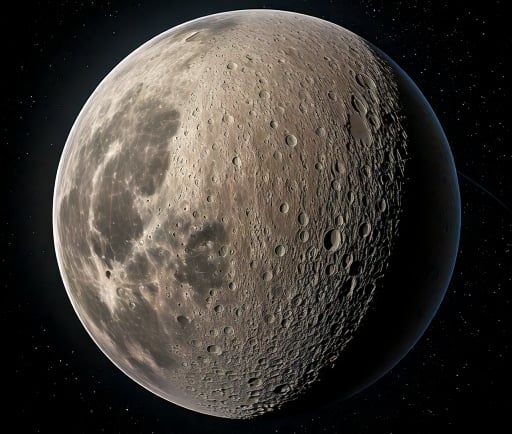The Enceladus: Saturn's Sixth Largest Moon


Introduction to Enceladus
Enceladus, the sixth largest moon of Saturn, is a captivating celestial body that has intrigued scientists and space enthusiasts alike. With a diameter of approximately 500 kilometers, it is renowned for its dazzling ice-covered surface and potential for harboring life. This blog post delves into the unique characteristics of Enceladus, its geological features, and the ongoing research that emphasizes its importance in planetary science.
Surface Features and Composition
The surface of Enceladus is primarily composed of water ice, which reflects sunlight, giving the moon a bright appearance. Its lustrous surface is crisscrossed by fissures, known as tiger stripes, which suggest an active geological history. These features point to the existence of a subsurface ocean, sustaining geysers that erupt water vapor and organic molecules into space. This significant output has led scientists to hypothesize that Enceladus may harbor conditions suitable for life.
Exploration and Discoveries
The exploration of Enceladus gained momentum with NASA's Cassini spacecraft, which orbited Saturn from 2004 to 2017. Cassini's close encounters with Enceladus provided invaluable data, revealing the moon's intriguing geology and its potential astrobiological significance. The discovery of organic materials in its plumes has raised questions about the moon's capacity to support microbial life in its ocean beneath the icy crust. These findings have positioned Enceladus as a prime candidate for future explorations aimed at uncovering the mysteries of extraterrestrial life.
Conclusion
Enceladus, Saturn's sixth largest moon, captivates with its combination of beautiful ice-covered landscapes and the potential for astrobiological insights. The ongoing research and exploration of this enigmatic moon will likely continue to shed light on its unique environment and the broader implications for understanding life beyond Earth. As scientists eagerly await new missions to Enceladus, this moon remains a focal point in the field of planetary science.
